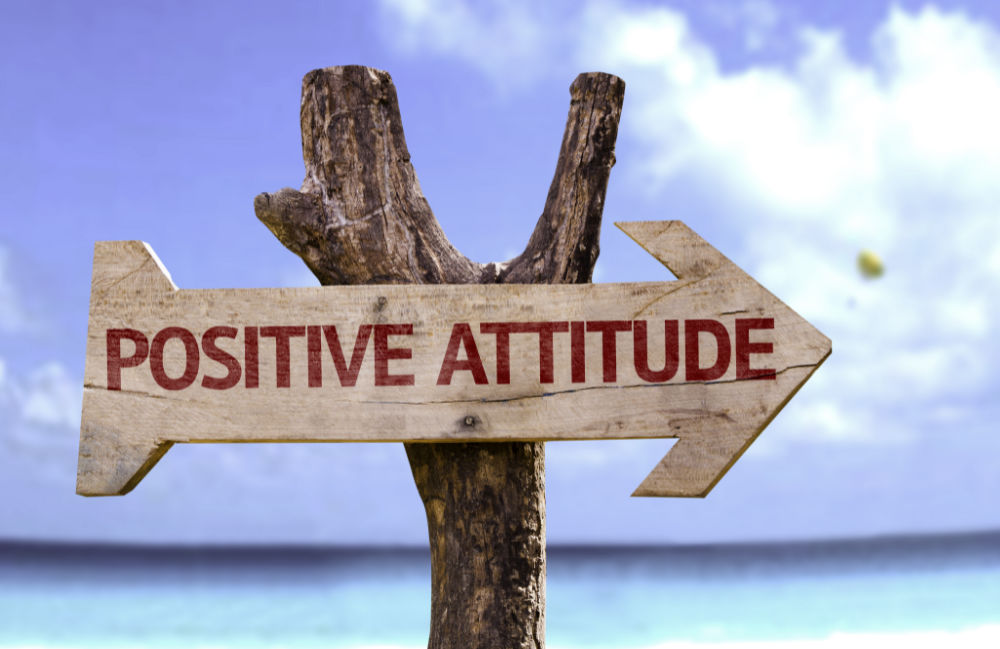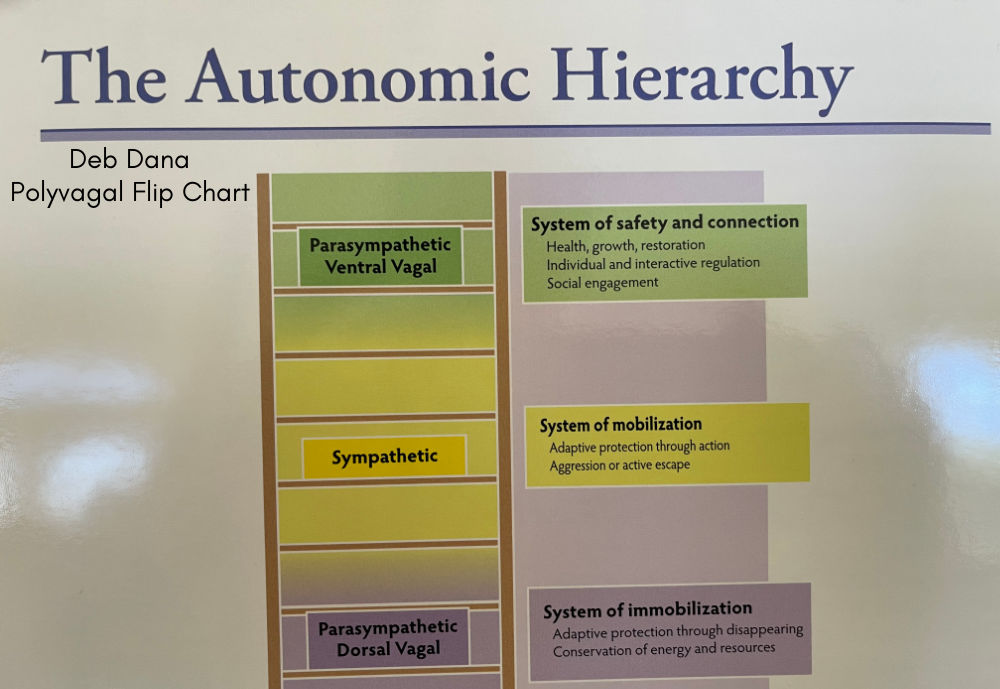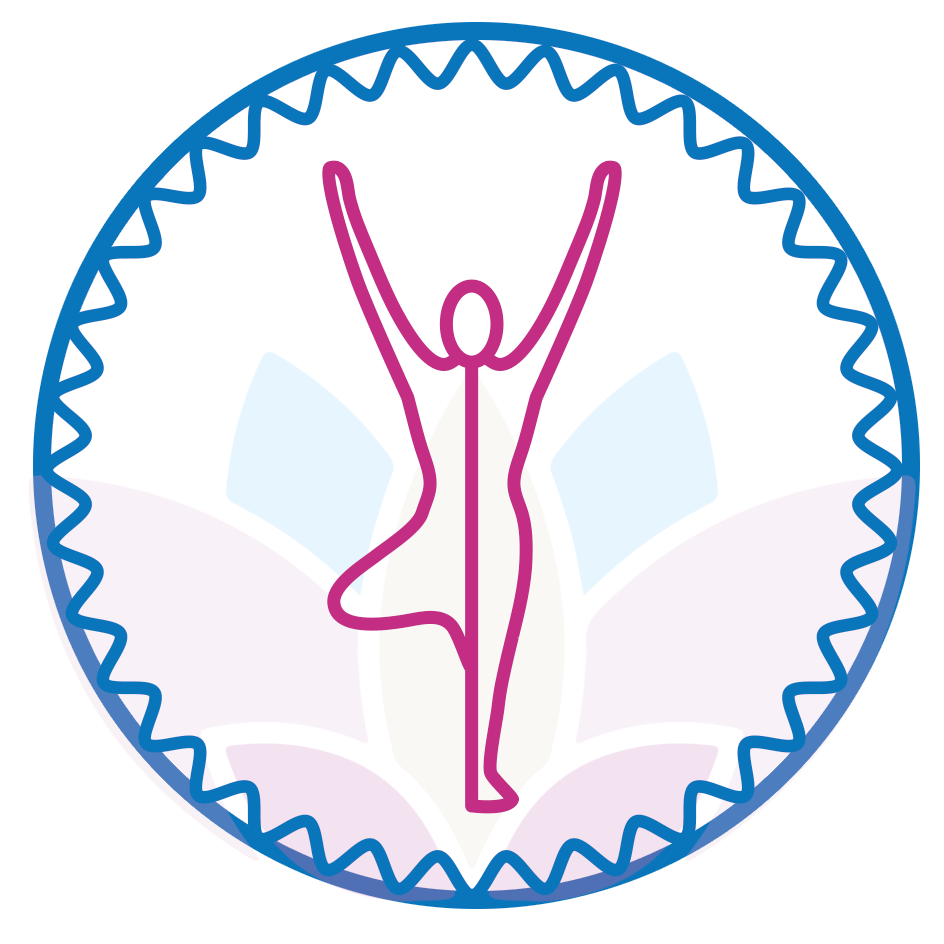
What’s the Difference and Why it Matters!
Thoughts, feelings, emotions, attitudes-– I think we all confuse these terms a bit. Having studied and practiced yoga for many years, and learned about HeartMath tools and the Polyvagal theory most recently, I have come to a more nuanced understanding of each and how they affect your physical and mental health and how your health affects them.
For years, I heard about positive thinking and how that would improve our health. Considering this knowledge, I kept telling myself and others, “Think positively and you will feel better.” This sometimes worked and sometimes did not. And when I said this to my children or students, they would often roll their eyes at me and laugh as they asked how does this work? Frankly, I did not know.
Attitudes are another one of those terms that are spoken a lot and rarely understood. “Improve your attitude”, “attitude is everything” or “you have a bad attitude” were phrases often spoken in the teacher workrooms, near the water cooler in offices, or out in the sports fields and tennis courts. But did we really understand why someone appeared to have a “bad” attitude or the roots of any “attitude”?
Emotions have often been confused with thoughts in popular vernacular. Emotions sometimes are referred to as energy in motion. Do thoughts cause emotions or vice versa? What do you think? Finally, what exactly is a feeling? Is it an emotion or a sensation felt in the body or a combination of both?

Behind the Scenes, the ANS is Driving!
Understanding which state your Autonomic Nervous System (ANS) is in can help you and others understand how and why you might have positive or negative thoughts. Why you might have developed an attitude toward something or somebody. Or why you might be feeling good, bad, angry, indifferent, joyful, helpful, happy, you name it.
Your ANS has three main branches—the ventral vagus, which connects your brainstem to organs such as your heart, lungs, and face. The dorsal branch of the vagus nerve connects with your gut and other organs below the diaphragm. And a third major branch of the ANS (Sympathetic branch) includes a group of nerves inside your spinal column which control your fight or flight reaction. The ANS are the drivers behind how you think, feel, and the attitudes, which happen over time. All of the branches communicate with your brain.
When you are feeling safe and social, (the Ventral state is in charge) you tend to have more uplifting thoughts, you feel good in your body and, if you have developed an attitude that is not serving you, you are able to discern that and get rid of it.
When your ANS becomes dysregulated and your sympathetic system known as fight and flight is overly activated, you are more attuned to signals of danger. You might become overly sensitive to pain, have trouble sleeping, perceive danger where there is none, and you might have a harder time controlling your thoughts and feelings. This state can prevent you from learning new things or even listening to reason.
When the dorsal branch of your vagus system is in control of your ANS, you develop more digestive issues, and your ability to deal with people, normal activities and situations becomes overwhelming. You might be in a fog or feel numb or worse yet, totally feel shut down. I want to remind you most of this is going on without conscious awareness unless and until we understand the state of our nervous system, and we learn and practice daily ways to reregulate it.

The Hope and the Promise of the Polyvagal Approach to Understanding our ANS
This is very exciting for any of us who have suffered from trauma, are struggling with addiction, chronic illness, or chronic pain. What it means is that if we can learn to shift the state of our nervous system, we will not only change thoughts, emotions, feelings and attitudes but will also improve our health by affecting the physiology of all major organ systems in the body.
The understanding of the ANS provides hope and a promise for:
- changing behavioral issues of children in school
- helping people deal and heal from chronic pain and illness
- preventing illness
- getting along better with our spouses, friends, and communities
- helping victims of trauma get re-regulated, and
- giving people hoping to stop addictive behaviors with a new tool in reducing their cravings.
Here is a great short video produced by the Polyvagal Institute that will help explain these concepts.
In the next blog article, I will address some of the simple steps all of us can take to become aware of our nervous system state and to help re-regulate a dysregulated nervous system to change emotions, thoughts, feelings, and attitudes when they are no longer serving you or your health.
Namaste,
Andrea



